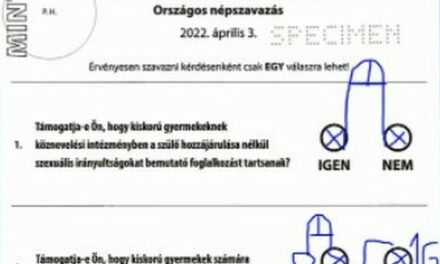There were only three countries in the EU where the employment rate was able to increase in both quarters of the second semester: Poland, Malta and Hungary. According to recent Eurostat data, the Hungarian labor market was not affected by the coronavirus epidemic.
In 2020, the labor market of the European Union was severely affected by the COVID-19 epidemic. The employment rate of 20-64-year-olds was 72.3% last year, a decrease of 0.8 percentage points compared to the previous year. For men, the rate was 78%, a decrease of 0.9 percentage points, while for women, the rate was 66.7%, and the decrease was 0.5 percentage points.
In Hungary, we could measure a decrease of -0.3 percentage points for the whole year, and this is the eighth smallest drop among the member states, only nearly a third of the EU average. In 2020, we again reached the 75% employment rate targeted in the EU2020 strategy.
We could see the decrease among women, where the drop was 0.6 percentage points, but the female employment rate still remained above the EU average (67%). However, the indicators for women will be almost 5 percentage points higher due to the new methodology introduced in January, which considers those already on childcare leave as employed if they worked before giving birth. At the beginning of the year, the union unified the accounting of this area, because some countries (including our country) registered these mothers as inactive and others as employed.
The rate for men is 83.1%, more than 5 percentage points higher than the EU average, the sixth best value among the member states after the Czech Republic, Malta, the Netherlands, Germany and Sweden. Among men, only in Poland, Croatia, Hungary and Romania was there no decline in last year's average.
Last year, the employment rate in Hungary decreased in the spring, second quarter, due to the restrictive measures introduced at that time. In the second half of the year, in both quarters, the Hungarian employment rate was 0.1-0.1 percentage points higher than our peak value for the same period in 2019. There were only three countries in the Union where the employment rate was able to increase in both quarters of the second semester: Poland, Malta and Hungary.
According to the EU statistical office, in the midst of the coronavirus crisis, Hungarian labor incomes are the most crisis-resistant in the entire EU, wrote Makronóm's previous analysis.
Hungary took first place not only among the Visegrad countries, but also in the entire EU, Hungarian wages fell the least in the EU.
So we can say that the regeneration capacity of the Hungarian labor market is one of the best in Europe, overall, we were able to maintain our exceptionally high employment rate despite the fact that a very serious internal reorganization is taking place due to the epidemic.
This is thanks to the fact that the primary focus of all actors was the preservation of jobs. Already in the early period of the epidemic, effective government measures appeared and employers and entrepreneurs did everything to protect as many of their employees as possible.
Full article HERE .
Cover photo: MTI/Péter Komka













